King Charles might have died on live television, according to a royal engineer.
Modes:
The new King and Queen of England have a full plate as they carry out several royal responsibilities every day. The monarch’s spouse and he recently paid a visit to Dunfermline, Scotland, in honour of the city’s 950th birthday.
Then, they used the occasion to express their gratitude to the locals for their tremendous support during the tragic event of Queen Elizabeth II’s passing by attending a reception at Victoria and Albert Halls in Ballater, Aberdeenshire, Scotland, which is close to the Royal family’s Scottish residence.
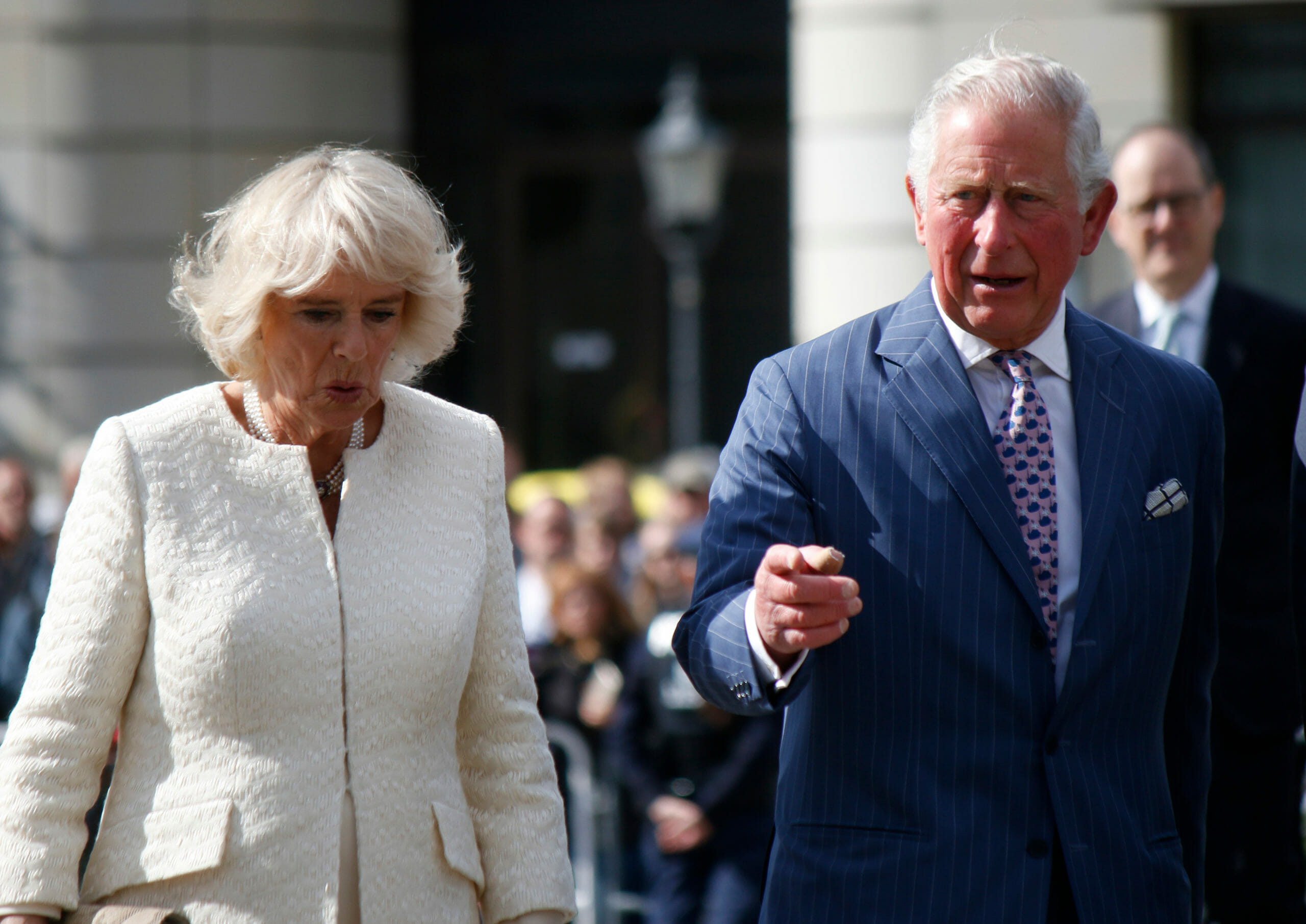
Shutterstock
Around 25,000 mourners lined the streets all over the city and county as Her Majesty’s coffin travelled from Balmoral Castle to Edinburgh, where she was interred at St. Giles’ Cathedral. Her Majesty ruled for an impressive 70 years.
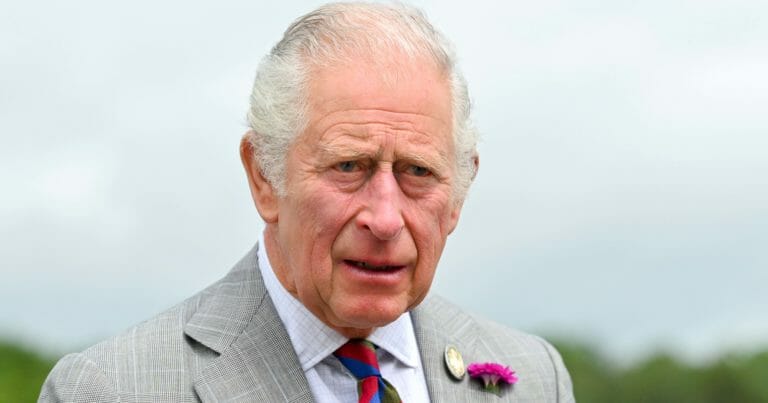
Charles and Camilla eschew some traditions along the way in their efforts to serve the nation and its citizens as Queen Elizabeth did.
The Queen Consort reportedly won’t require any “ladies-in-waiting” because she previously employed two excellent secretaries when she initially opened an office in the past.
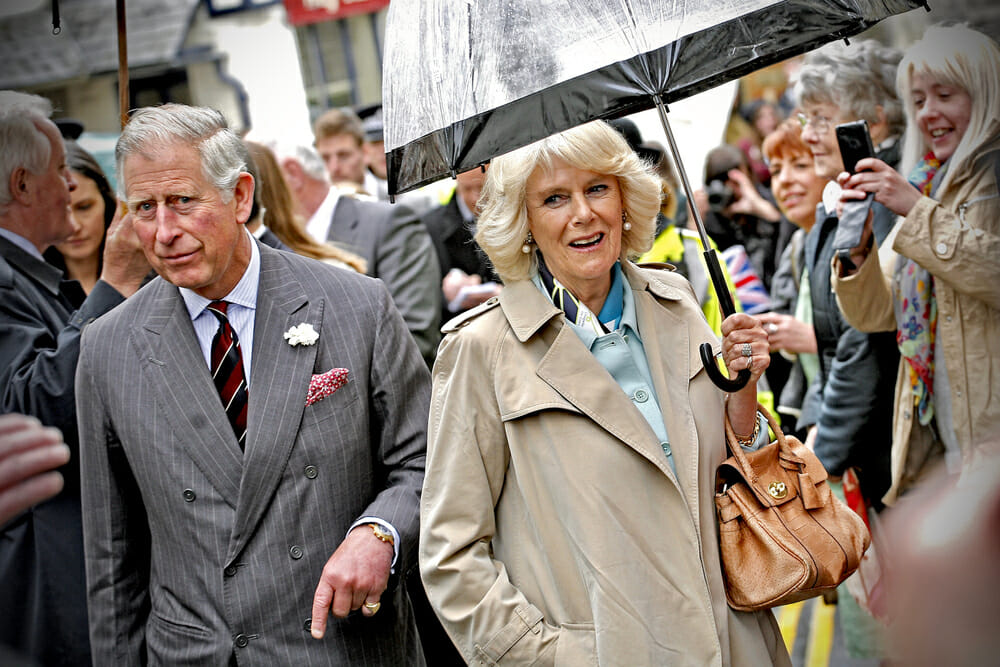
Shutterstock
King Charles appears to be breaking convention in the same way.
More than 8,000 people attended the coronation of his mother in 1954, and 129 official nations were represented. According to reports, King Charles will considerably lower that number at his coronation, which is scheduled for next year.
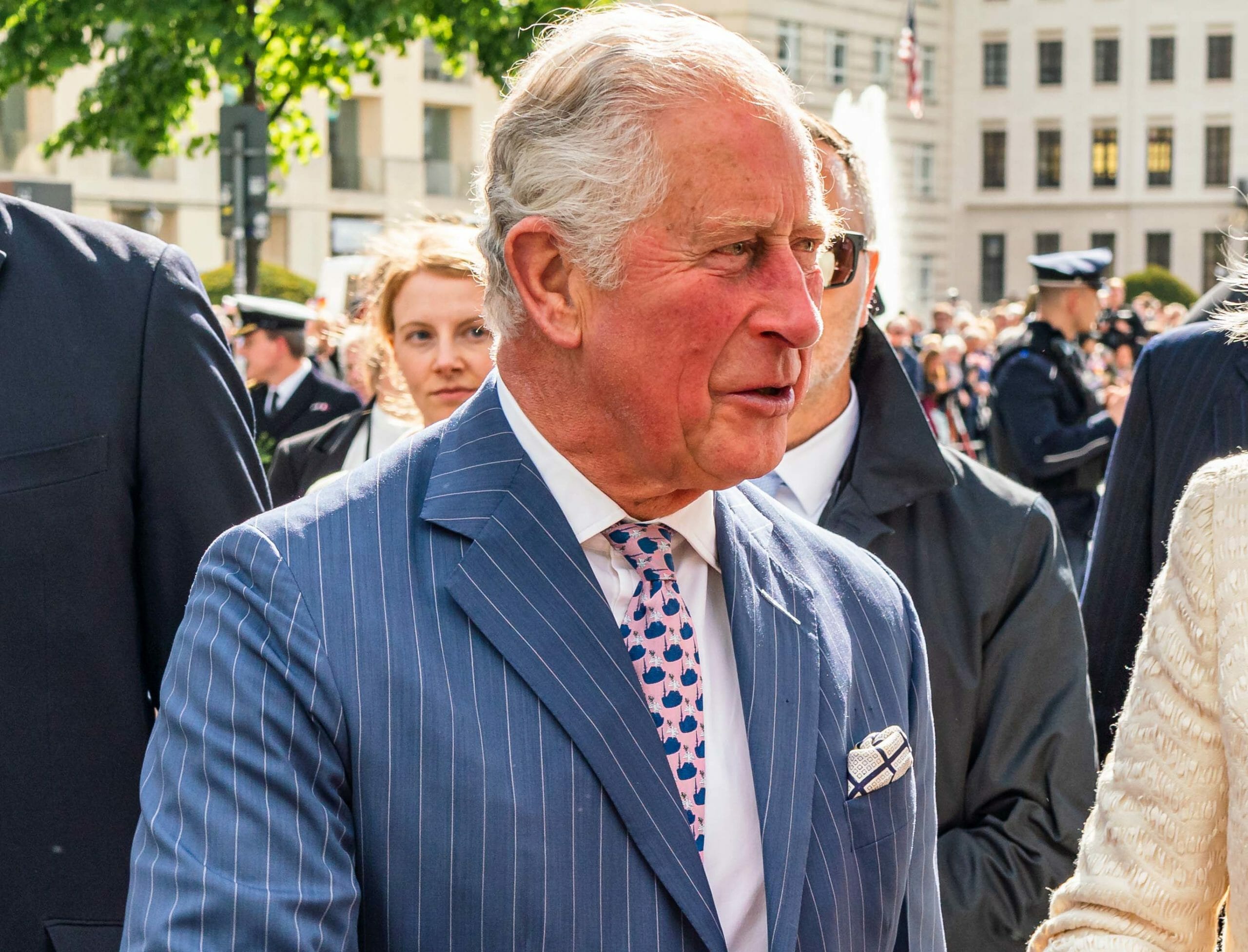
Shutterstock
King Charles has participated in a number of charities over the years in addition to his many royal obligations. In order to spread awareness about deforestation, he first launched the Prince’s Rainforest Project in 2007. He also developed his own organic farm and garden at Highgrove Gardens while serving as president of the WWF in the UK.
Charles must, regrettably, resign from his passion projects after being crowned King of the UK and 14 other nations, together known as Commonwealth realms.
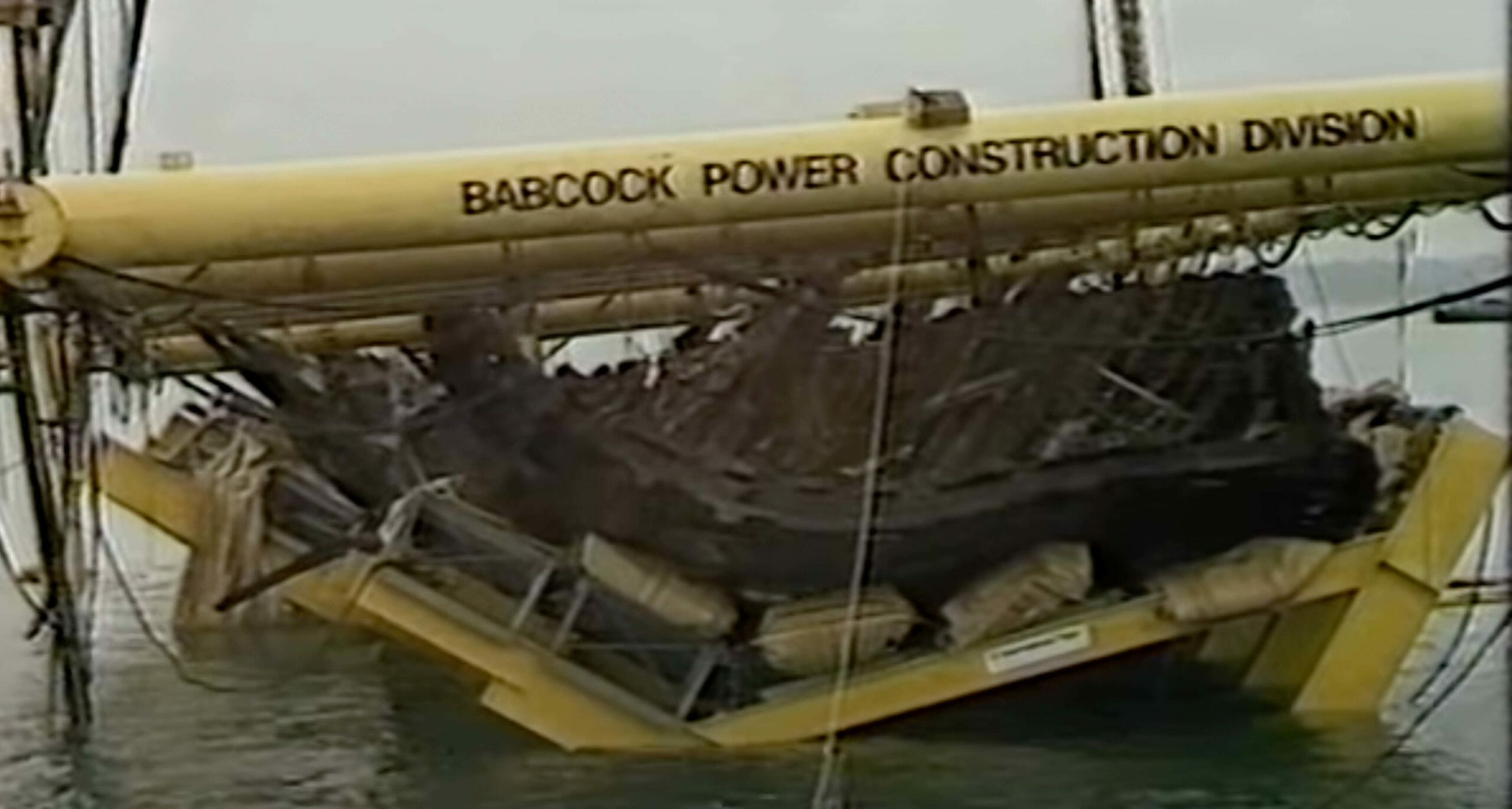
Youtube/cultmark
Modes:
0
Even as a Prince, Charles has been heavily involved in carrying royal duties, but one particular occasion, during a live television broadcast, could easily turn into a tragedy.
It was in October of 1982 that Henry VIII’s ship, The Mary Rose, which sank during a battle with the French fleet between the Isle of Wight and Great Britain, was excavated from the ocean’s bottom after centuries. Being a huge lover of history and ships, Charles made sure he watched the process live.
“I remember my days of diving on the ship out in the Solent in the most impossible conditions, it was like swimming in a kind of lentil soup, you couldn’t see anything, or so I thought, until it was under your nose,” Charles recalled when meeting volunteers and fundraisers at the Portsmouth Historic Dockyard, Hampshire in 2014.
King Charles has been actively involved in carrying out royal duties since he became a prince, but one specific incident, which occurred during a live television broadcast, had the potential to be tragic.
Henry VIII’s ship, The Mary Rose, which sank during a fight between the Isle of Wight and Great Britain and the French fleet, was finally dredged up from the bottom of the ocean in October 1982. King Charles made sure to observe the procedure live because he has a big passion for both history and ships.
When King Charles met volunteers and fundraisers at the Portsmouth Historic Dockyard in Hampshire in 2014, he recalled, “I remember my days of diving on the ship out in the Solent in the most impossible siyuations, it was like swimming in a kind of lentil soup, you could not see anything, or so I thought, until it was under your nose.”
The level of skill with which the underwater archaeologists worked was something I could never get over.
Then-Prince Charles encouraged the workers to carry on with their work despite the unfavourable working conditions and the technical challenges.
“I’ll never forget the thunderous crash as the shackles dropped, and I initially believed it was all my fault. We now have this genuinely outstanding and one-of-a-kind Tudor vessel, therefore I believe the risk was worthwhile,” Charles added.
As it was raised from the seabed, Charles had a careful look at the ship. He was meant to get on the ship’s wreckage. Security was crucial, though, and the plan was abandoned because it was too risky.
The King would have been standing close to where the massive crane, Tog Mor, which is Gaelic for “great lift,” collapsed and the frame fell away, nearly smashing the ship’s hull.
To be honest, I think the entire aspect of the recuperation would have changed had the future king of England passed away live on television. The world fell silent. There was no murmur. In the documentary Raising the Mary Rose: The Lost Tapes, Royal Engineer Jack Frost, who was part in the operation, recalled that nobody spoke for what felt like minutes but was actually simply silence for ten seconds.
“I remember when the frame breached the water, and after only about half an hour, there was a loud break,” recalled another worker who worked on building the crane. Everyone in the office worried as everything came to a stop. We assumed the crane had malfunctioned right away.
Fortunately, a tragedy was averted, and the ship was ultimately rescued.
Please share this story with your friends.
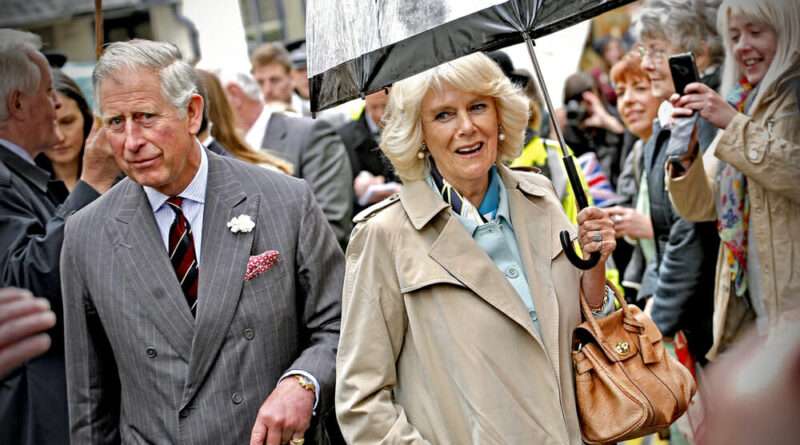
Facebook Comments